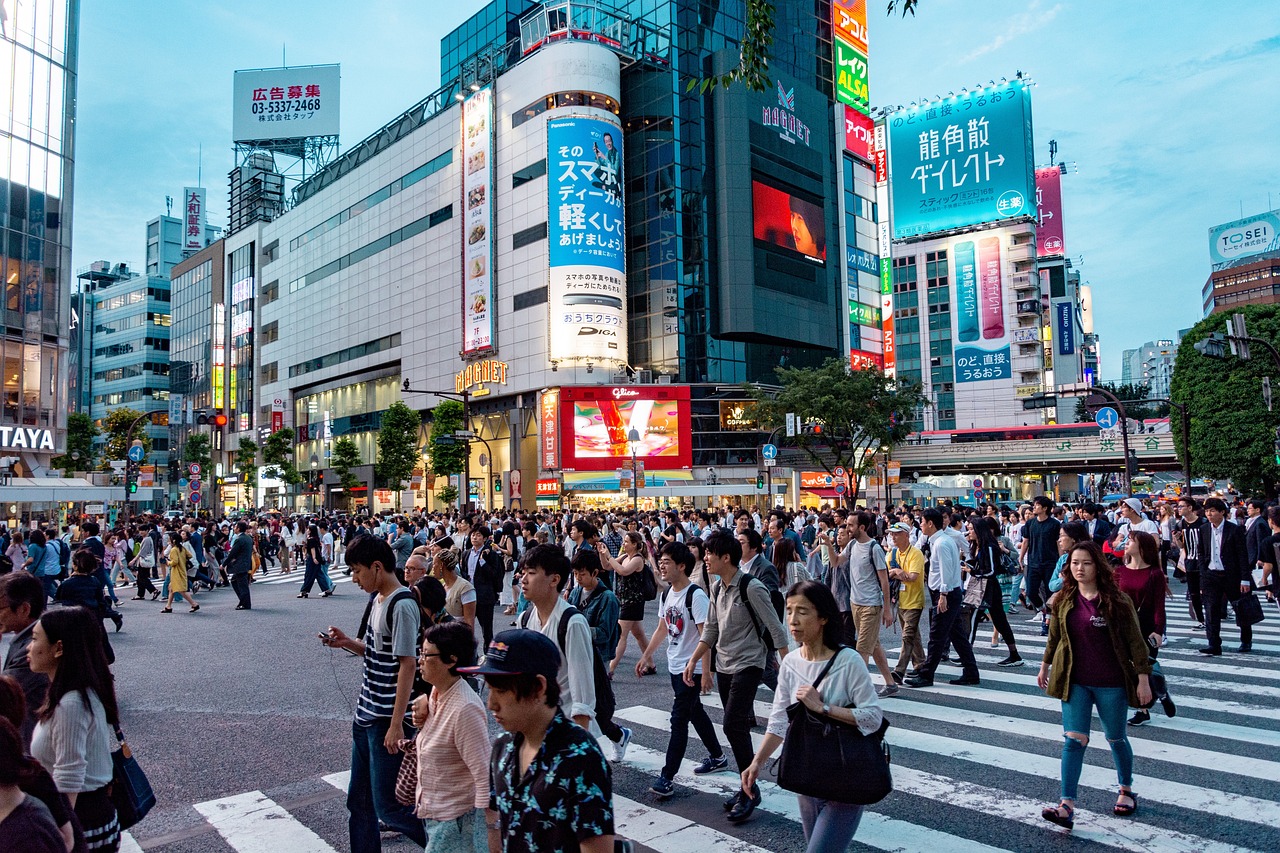
Pre-reading questions:
- What societal issues are you most concerned about?
- What comes to mind when you think of population decline?
Vocabulary:
- crisis /KRAHY-sis/
- decline /dih-KLAHYN/
- rate /reyt/
- shrinking /SHRING-kuhng/
- crucial /KROO-shuhl/
[noun] – a time of great disagreement, confusion, or suffering
The country faced an economic crisis, leading to high unemployment rates and widespread financial hardship for its citizens.
[noun] – when something becomes less in amount, importance, quality, or strength
The decline in sales has led the company to reconsider its marketing strategy.
[noun] – the speed at which something happens or changes, or the amount or number of times it happens or changes in a particular period
The inflation rate in the country has increased significantly over the past year.
[adjective] – becoming smaller or less
The shrinking ice caps in the Arctic are a clear indication of climate change.
[adjective] – extremely important or necessary
It is crucial to submit the report before the deadline to avoid any penalties.
Article reading:
To address this problem, Japan has been trying to attract more foreign residents and workers. However, the COVID-19 pandemic made it harder for the country to do this, as it had to close its borders and impose lockdowns. To achieve its economic goals, Japan might need about four times as many foreign workers by 2040. But to make this happen, the country needs to create a welcoming environment for migrants and be more accepting of foreigners. This population decline is not unique to Japan. Other East Asian countries like China, South Korea, Singapore, and Taiwan are also facing similar challenges in encouraging more children to be born amid rising living costs and social issues. Addressing this issue is crucial for the future well-being and stability of these countries.
Comprehension questions
- What is the current population trend in Japan, and how has it been affected in the past year?
- What is the main reason for the population decline in Japan?
- Which city in Japan experienced a slight increase in population, and what was the contributing factor?
- How has the COVID-19 pandemic impacted Japan’s efforts to attract more foreign residents and workers?
- Why is addressing the population decline crucial for the future well-being and stability of these countries?
Discussion questions
- What do you predict could be the future impact of a declining population?
- How do you personally feel about the challenges arising from a shrinking workforce and an aging population?
- Do you believe that the declining population in Japan and other East Asian countries will have to substantial effects on their economies and societies in the foreseeable future?
- What are some potential long-term strategies that Japan could adopt to promote higher birth rates and address the population decline?
- How can Japan effectively manage the balance between attracting more foreign workers to bolster its workforce and preserving its cultural identity and social unity?